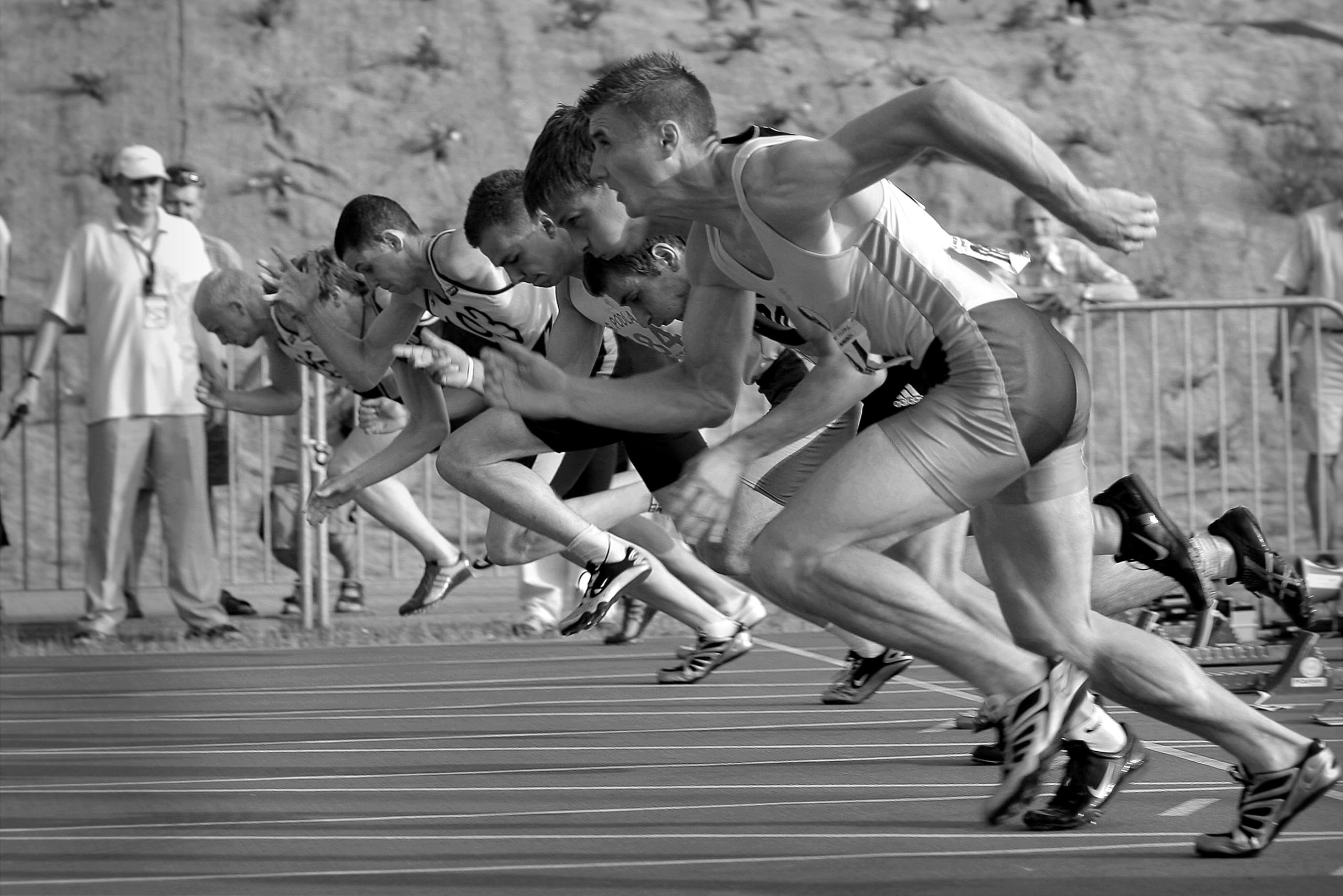11/4/2019
This year, in mid-October in Vienna, Eliud Kipchoge broke the marathon record, running the 26 miles in just under two hours. His record is unofficial—he wasn’t competing against anyone, and instead ran with a group of athletes intending to set the pace and block the wind. But this feat was controversial for another reason entirely: Kipchoge’s shoes. Nike’s cutting-edge sneakers, called the Vaporfly, have been controversial but not officially banned. Most athletic associations’ rules regarding technology are intentionally vague, the marker being an “unfair advantage” or similar. As records continue to be broken and sports technology evolves, how should we evaluate the merits of new sportswear?
The Vaporfly has been Nike’s project since 2016, with the goal of breaking records. A carbon fiber plate stabilizes the ankle and straightens the foot, and a foam sole is extremely springy, allowing the runner to regain 80 percent of the energy that’s lost when the foot hits the ground. With this combination, the shoes have been shown to increase running time by four percent in early trials. Four percent is about the difference between the previous record holder’s marathon time and Kipchoge’s.
In the 2016 Olympics, Nike gave runners they sponsored early prototypes of the sneakers, disguised to look like other shoes. The top three finishers in the men’s marathon were wearing the Vaporflys. The fact that the shoes were not yet available in the market, combined with the overwhelming secrecy of the exchange arguably constitutes an unfair advantage. But technology is always improving, and the sneakers provide no external energy source, they only support the existing skills of a runner. So at what point should world records be revoked, or Olympic medals transferred to a second finisher?
Trends in athletic record-breaking would lead us to believe this problem is coming to an end. Marathon times have plateaued, and sports science journalists recently predicted the two-hour record wouldn’t be broken until the 2070’s. This huge jump is why the legitimacy of Kipchoge’s win has been questioned. However, with such broad rules, the engineers behind cutting-edge sports technology have no standard by which they can measure their products. Though athletes shouldn’t be able to use equipment that isn’t widely available in competition, sports associations should encourage technological innovation, pushing the bounds of what the human body can accomplish.

